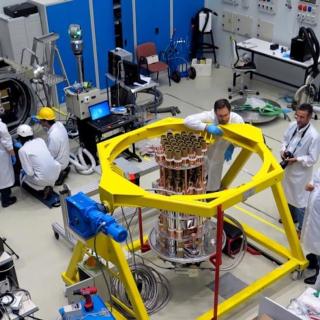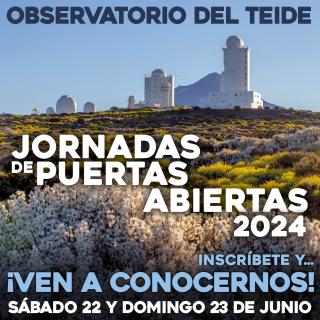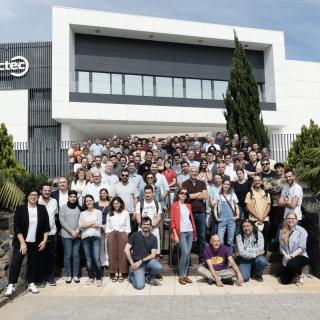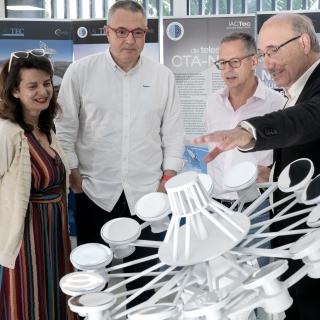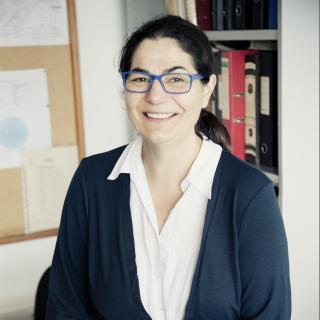
Begoña García Lorenzo, a researcher at the Instituto de Astrofísica de Canarias (IAC) has been appointed coordinator of the Network of Astronomical Infrastructures (RIA), and advisory committee on astronomical affairs of the General Administration of State, funded by the Ministry of Science, Innovation and Universities. The task of the RIA is to offer guidance about the Scientific-Technical Singular Infrastructures (ICTS in Spanish) and International Installations and Organisms (IOI), promoting collaboration among them. With an important carreer lasting over two decades in astrophysical
Advertised on
